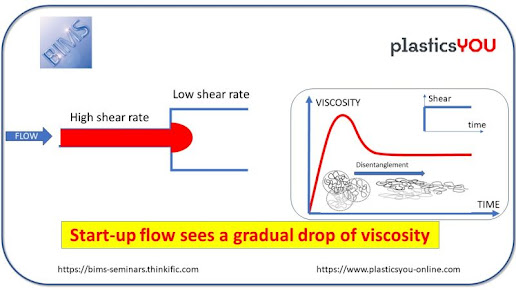Business Growth in Polymer Industry via Problem Solving; OCT 2-4, Atlanta
This UN-RIVALED course attended by 500+ participants is designed to help those involved in the following functions:
• Technical Service / Trouble Shooting in Polymer Industry
• R&D & Processing-Polymers
• Analytical Services
Below we present some examples:
• EXAMPLE #1of 50+: During occasional longer breaks, the extruder froze resulting in lengthy tear-downs & cleaning, thus adversely affecting the productivity. "Melt-Polycondensation" was established as the root-cause. Rather than changing the “near Impossible” manufacturing process for the problem-polymer, a change in lubricant system with an unexpected catalytic effect, solved the problem. The Case-History leading to $10M+ in preserved business will be discussed including technical fundamentals & product development.
• EXAMPLE #2 of 50+: Fine particle CALCIUM CARBONATE is a popular filler for polyolefins and PVC and it has to be coated with stearic acid (SA). More than a monolayer coating can lead to extruder die-lip build up and especially adhesion problems. Following a customer driven project, a ToF-SIMS investigation in 2008 revealed that the “Desired-Bound SA” was chemically reacted on the surface of CaCO3 which allowed us to quantify & reduce/eliminate the undesirable “Un-Bound SA”; thus resulting in better product development and cost savings resulting from usage of lesser SA additive.
EXAMPLE #3 of 50+: Challenged by a sale at stake led to the discovery of reactor induced memory in NYLONS after 50 years of their existence. This led to a proliferation of ideas for technical marketing; signing of a $37M/year contract being just one outcome !
……………………………………………………..
For details, please contact Innoplast Solutions at (973) 801-6212 or visithttp://innoplastsolutions.com/
Atlanta-Downtown, USA, October 2-4, 2018
$300 Discount Ends AUGUST 2nd


Comments
Post a Comment